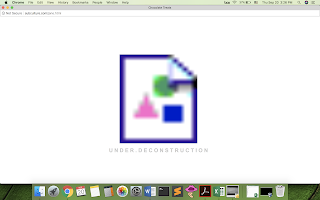The Body is the Message
Si bien el discurso predominante de la modernidad es de la linealidad del progreso, Media Specific Analysis y el lema ¨the medium is the message¨ demuestra que el progreso (mediático) es siempre relativo, y que implica violencia simbólica para silenciar nuestra conciencia de tal relatividad. Mientras avanzamos en la comprensión de algo, nos olvidamos de la comprensión de otras cosas que lo permitieron. Cada vez que adoptamos una innovación tecnológica se genera una disrupción de temporalidades, a manera de una huelga del trabajo usual de los sentidos. Con la estandarización de sus infraestructuras la nueva tecnología se vuelve una herramienta de uso, una extensión usual de nuestros cuerpos, y nos olvidamos de la mediación, como un silenciamiento de otros posibles usos del medio. Quizás esto es lo que ha pasado con nuestra lectura de los libros impresos, que se han vuelto herramientas de lectura desde el Renacimiento, y se ha perdido el sentido de los múltiples aspectos del libro como
